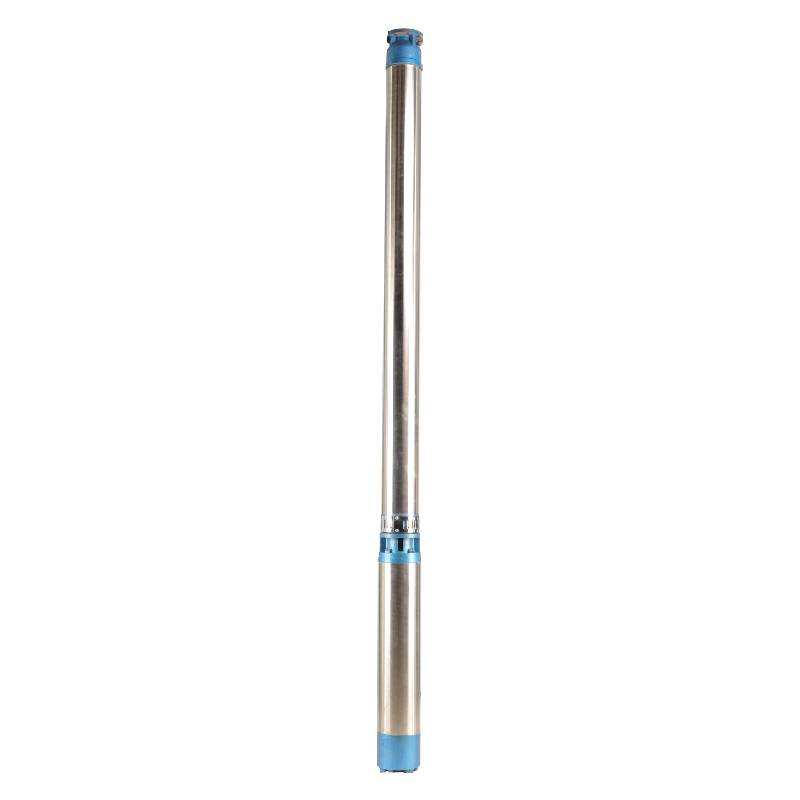Sep . 06, 2024 09:21 Back to list
Submersible Well Pump Installation Services | Expert Installation & Maintenance
Installation of Submersible Well Pumps A Comprehensive Guide
Submersible well pumps are an effective solution for extracting water from deep underground sources. They operate underwater, which reduces noise and the risk of cavitation. However, the installation of these pumps requires careful planning and precise execution to ensure optimal performance. This article provides a step-by-step guide to effectively install a submersible well pump.
1. Planning and Preparation
Before diving into the installation process, it’s crucial to plan and gather all necessary materials. Start by assessing the depth of your well and the pump’s specifications. This includes the pump's horsepower, flow rate, and the diameter of the well casing. Based on this information, you can select a pump that meets your needs.
You will have to procure several tools and materials for installation, including a wrench, a pipe cutter, plumbing tape, a safety rope, and electrical components. Ensure you have a clear understanding of your well’s layout, including the location of power sources and any potential obstacles.
2. Safety Precautions
Safety should be your utmost priority during the installation process. Always wear protective gear such as gloves and goggles. If you are working in a deep well, ensure that you have proper safety harnesses and ropes to prevent falls. Additionally, be cautious of electrical hazards by turning off the power supply before starting any electrical work.
3. Preparing the Well
Before installing the pump, it’s important to prepare the well for the new equipment. Remove any existing pump or debris and clean the well casing. Ensuring a clean environment will help in avoiding damage and inefficiency later on.
submersible well pump installation

Once the well is prepped, you can begin the installation process. Start by attaching the pump's discharge head to the riser pipe. Carefully lower the pump into the well, ensuring it is straight and not tilted. It’s advisable to use a safety rope to control the descent of the pump and prevent it from dropping unexpectedly.
Once the pump is in position at the recommended depth, secure the pump to the well casing using brackets or clamps. Ensure that it is firmly held in place to avoid any movement during operation.
5. Connecting Electrical Components
After securing the pump, the next step is to connect the electrical components. This involves wiring the pump to the power source, following the manufacturer’s guidelines strictly. Ensure all connections are waterproof to prevent any electrical failures. Once completed, double-check all connections for tightness and security.
6. Testing the System
With the pump installed and wired, it's time to test the system. Turn on the power supply and monitor the pump for any unusual noises or vibrations. Check the flow rate and ensure that the pump is operating efficiently. If any issues arise, turn off the power immediately and re-evaluate your installation.
Conclusion
Installing a submersible well pump can be a rewarding yet meticulous task. By following these steps and adhering to safety protocols, you can ensure a successful installation that provides reliable water extraction for years to come. Proper maintenance and periodic checks will further enhance the pump's lifespan and efficiency.
-
Submersible Water Pump: The Efficient 'Power Pioneer' of the Underwater World
NewsJul.01,2025
-
Submersible Pond Pump: The Hidden Guardian of Water Landscape Ecology
NewsJul.01,2025
-
Stainless Well Pump: A Reliable and Durable Pumping Main Force
NewsJul.01,2025
-
Stainless Steel Submersible Pump: An Efficient and Versatile Tool for Underwater Operations
NewsJul.01,2025
-
Deep Well Submersible Pump: An Efficient 'Sucker' of Groundwater Sources
NewsJul.01,2025
-
Deep Water Well Pump: An Efficient 'Sucker' of Groundwater Sources
NewsJul.01,2025
-
 Submersible Water Pump: The Efficient 'Power Pioneer' of the Underwater WorldIn the field of hydraulic equipment, the Submersible Water Pump has become the core equipment for underwater operations and water resource transportation due to its unique design and excellent performance.Detail
Submersible Water Pump: The Efficient 'Power Pioneer' of the Underwater WorldIn the field of hydraulic equipment, the Submersible Water Pump has become the core equipment for underwater operations and water resource transportation due to its unique design and excellent performance.Detail -
 Submersible Pond Pump: The Hidden Guardian of Water Landscape EcologyIn courtyard landscapes, ecological ponds, and even small-scale water conservancy projects, there is a silent yet indispensable equipment - the Submersible Pond Pump.Detail
Submersible Pond Pump: The Hidden Guardian of Water Landscape EcologyIn courtyard landscapes, ecological ponds, and even small-scale water conservancy projects, there is a silent yet indispensable equipment - the Submersible Pond Pump.Detail -
 Stainless Well Pump: A Reliable and Durable Pumping Main ForceIn the field of water resource transportation, Stainless Well Pump has become the core equipment for various pumping scenarios with its excellent performance and reliable quality.Detail
Stainless Well Pump: A Reliable and Durable Pumping Main ForceIn the field of water resource transportation, Stainless Well Pump has become the core equipment for various pumping scenarios with its excellent performance and reliable quality.Detail
